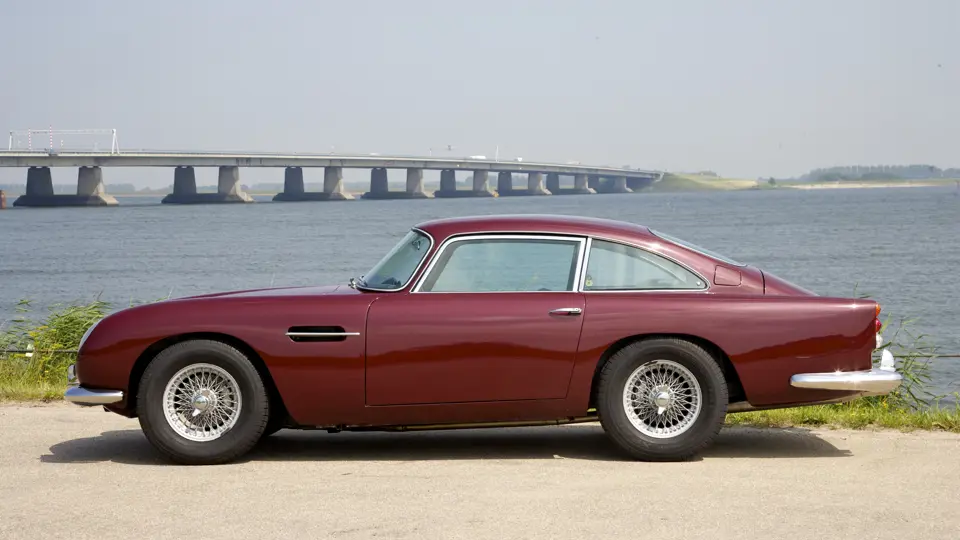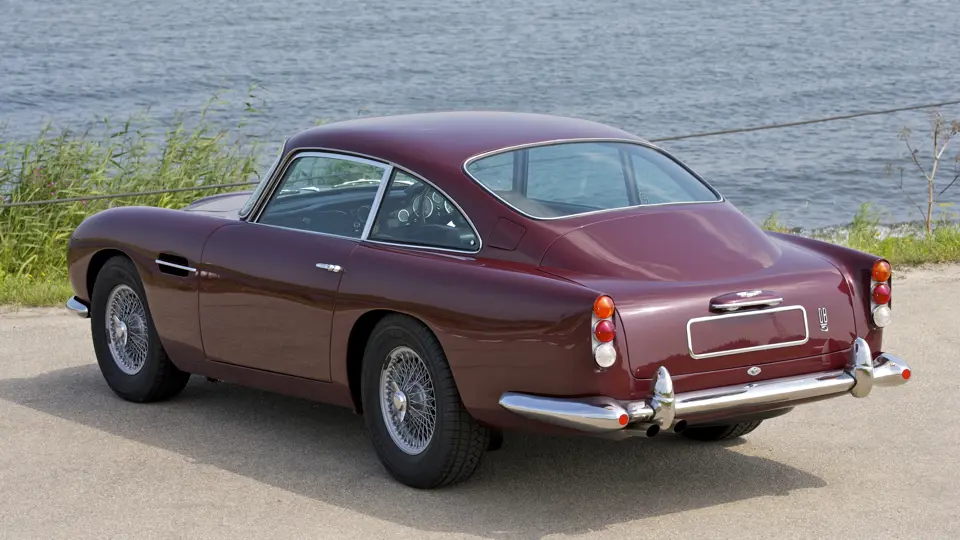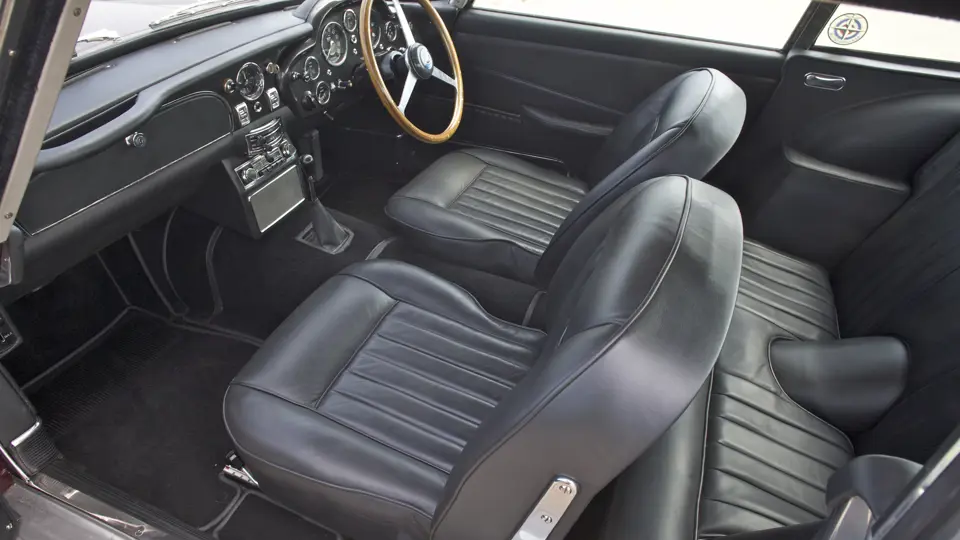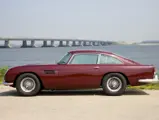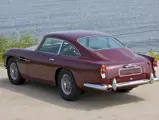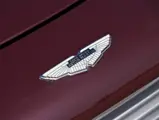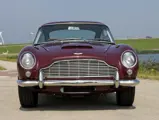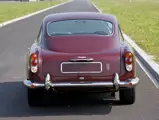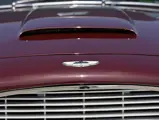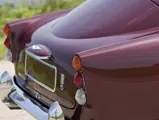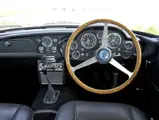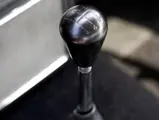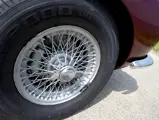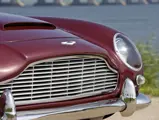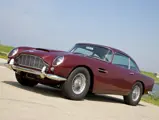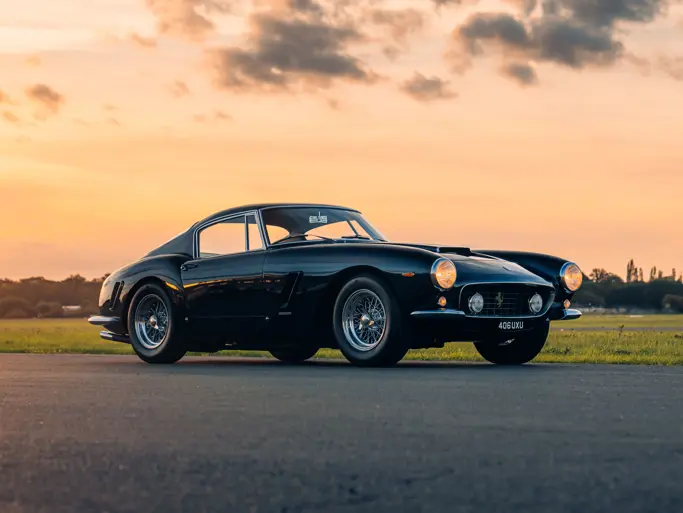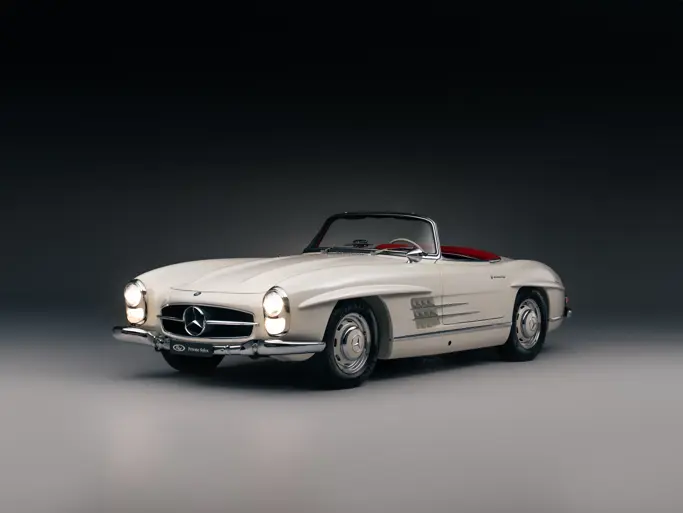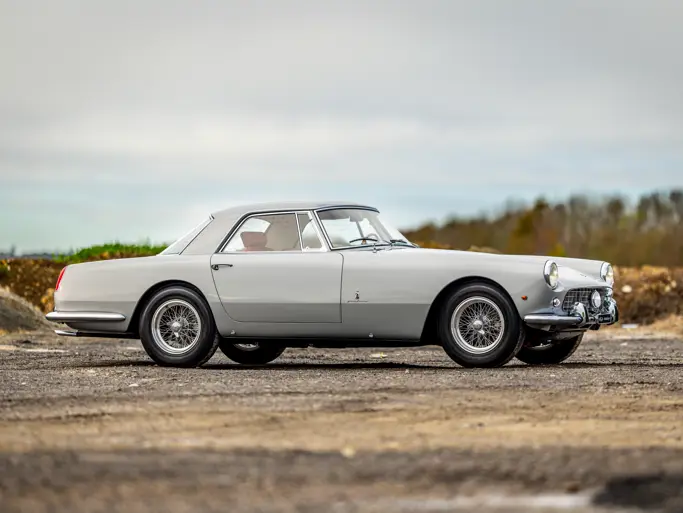310 hp, 4,200 cc DOHC six-cylinder engine, four-speed manual transmission with overdrive, independent front suspension by double wishbone and coil springs, rear live axle with trailing arms and coil springs, four-wheel hydraulic disc brakes. Wheelbase: 2,500 mm
• Fully documented, original RHD Dubonnet Rosso DB5
• Fresh body-off restoration, up-rated to Vantage specification
• Raced by Stephen Bamford in the 1970s and ’80s
The DB5 is the quintessential 1960s Aston Martin. It appeared in five James Bond films and has been an object of desire for automotive enthusiasts of all ages for nearly half a century. A major technical advance in the marque’s development had occurred in 1958 when the DB4 bowed, and the exceptionally clean Touring design moved away from the more ‘upright’ DB2, now with its Superleggera construction of aluminium panels over a tubular steel skeleton, to rest on a rigid steel platform frame. Aston Martin’s Harold Beach had started work on this chassis design in 1954,and the tubular under-structure was welded on at Aston Martin’s Newport Pagnell works. Finally the aluminium body panels were attached, and Polish-born engineer Tadek Marek’s new 3.7-litre DOHC, all-alloy six-cylinder engine was installed. Complementing the sleek new shape, modern four wheel disc brakes and rack-and-pinion steering became standard equipment.
The company was soon hitting its stride, both on the racing circuits of Europe and on the showroom floors, and the next development was the DB4 GT, which debuted in the hands of Stirling Moss at Silverstone in 1959. He won the International Trophy race in what was a genuine lightweight two-seater, as the wheelbase had been shortened. The headlights had been faired into the front fenders and power bumped to 302 horsepower with a competition specification twin-plug head and three sizable Weber DCOE carburettors. Noted British journalist John Bolster recorded 152 mph in a road test (in the days before a 70 mph national speed limit and omnipresent traffic cameras, of course).
The DB5 was launched in 1963, but its genesis was really David Brown’s revival of the Lagonda name in 1961, in the shape of the Rapide sedan. The extra weight was compensated for by boring out the DOHC engine to 3,995 cc, and the engine produced 282 hp. The DB5 could be ordered with a four-speed and overdrive, three-speed automatic transmission or later with a five-speed manual transmission. From October 1964, the 325 hp Vantage option was available, with triple Weber carburettors and 9.4:1 compression ratio. In two years’ production, 1,021 DB5s were built, including 123 convertibles.
The car on offer today, DB5/1531/R, combines impressive provenance with stirring competition history in the hands of Stephen “TM” (Top Man) Bamford, driving for the renowned Four Ashes Garage in the late 1970s and early 1980s. In recent times, it has benefitted from a painstaking, fully-documented, body-off restoration, which has returned it to as-new condition but with the additional bonus of a full Vantage upgrade.
Documents with DB5/1531/R include the original records, showing it was delivered to R.W. Faulkner of Waterlooville, Hampshire on 10 April, 1964 in the original Dubonnet Rosso, with black leather interior. The car was ordered with a 3.77 ‘Powr-Lok’ rear axle, chrome wheels, heater, rear-defrosters, a Motorola radio and headrests.
Mr. Faulkner must have enjoyed his car greatly, since a service bill from June 1968, at 60,332 miles, included a complete mechanical overhaul. The cylinder head was rebuilt, as were the carburettors; the transmission was cleaned and received a new rear seal, the brakes were completely rebuilt, including a new master cylinder, new engine mounts were fitted, and the rear axle was replaced, as were the radius arm and roll bar bushings and steering arm gaiters.
Faulkner kept DB5/1531/R for a further nine years before selling it to D.G. Stevens of Oxford on 1 June, 1977. Stevens drove the car until 1 March, 1979, when it was acquired by Stephen Bamford. Bamford had embarked on a very successful racing career, which continued until at least 2008 and totalled 140 trophies, many of them in Aston Martins. While he is most often associated with Four Ashes Garage’s DB2, MYT 625, Bamford also drove his own DB5, DB5/1531/R, between 1975 and May 1983, when he sold it to Rainer Herbst in Germany. Herbst kept the car for a further 12 years, finally selling it to the current owner in the Netherlands on 3 January, 1995.
The current owner maintained DB5/1531/R conscientiously for a number of years and then commissioned the comprehensive body-off restoration, which has just been completed. The car remains Dubonnet Rosso with a black interior, just as it left the factory. In the course of stripping the car down for a rotisserie rebuild, all aluminium body work was separated from the steel frame to prevent future corrosion, and the framework and body were primed with 2K epoxy primer coating before the final finishes were applied.
Mechanically, the car has been up-rated to Vantage specification, with three dual throat Weber DCOE carburettors and an improved 4.2-litre engine by Crossthwaite & Gardiner/Four Ways (the original block comes with the car). A high-compression cylinder head by R.S. Williams has been installed, and 300 bhp dyno sheets are included as well. The David Brown four-speed and overdrive transmission was fitted by Stephen Bamford for racing in the 1970s and has been rebuilt by F. von Munching. The rear axle is a limited-slip unit by Dana Spicer. The up-rated rear suspension now has telescopic shocks, though the original adjustable Selectaride units come with the car. Koni shocks are fitted up front.
With its extraordinary attention to detail, the restoration of DB5/1531/R is accompanied by a large file of documents and an archive of approximately 1,000 photographs, detailing exactly what was done and illustrating both the parts and the sequence of assembly. The combination of known ownership, exciting competition history and an exacting restoration ensures that the new owner will have any number of avenues available to enjoy the purchase of this indisputable icon of performance and elegance.

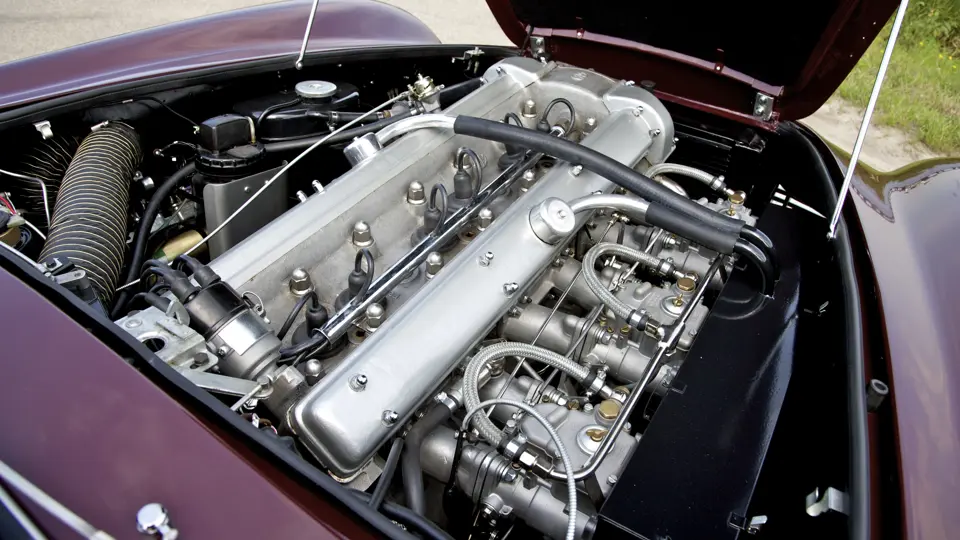


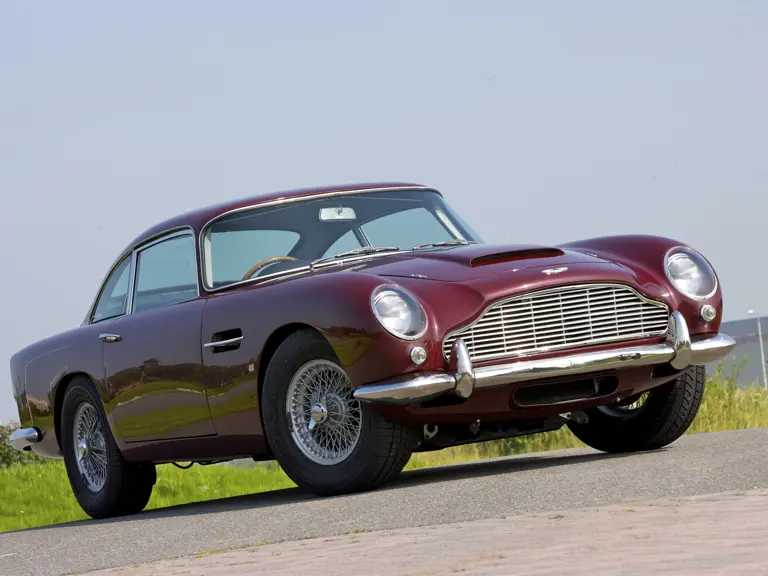
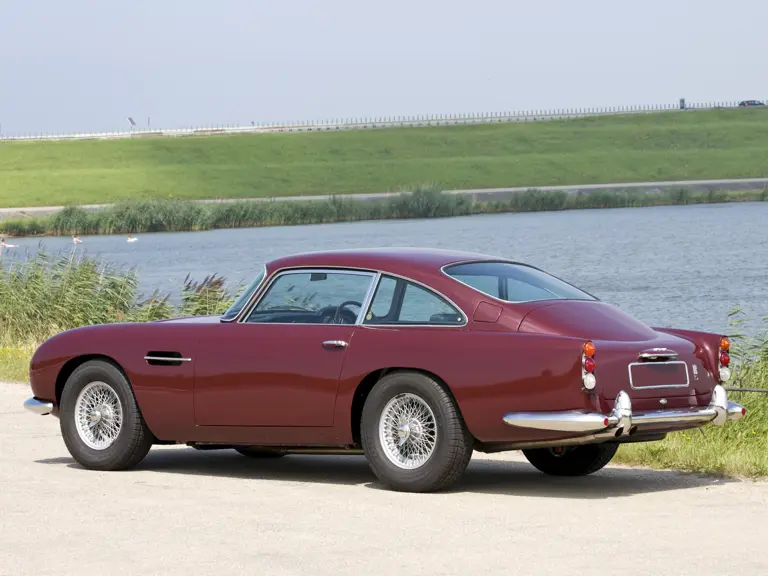

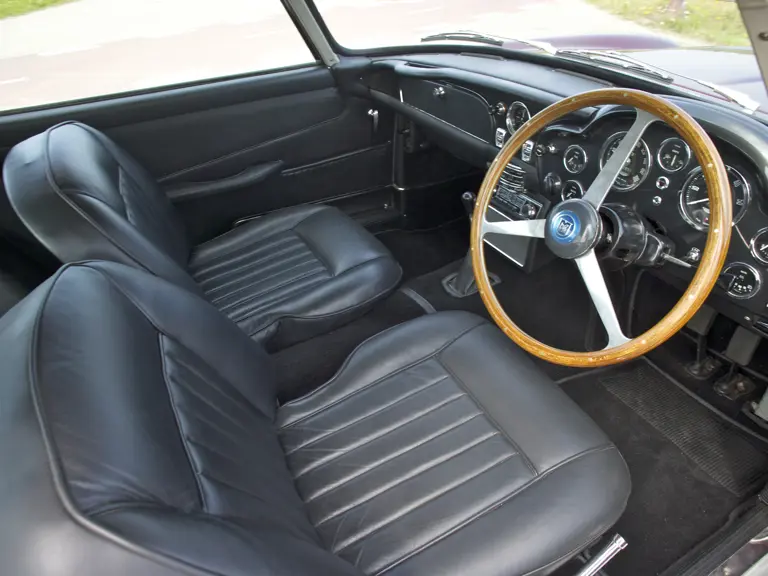






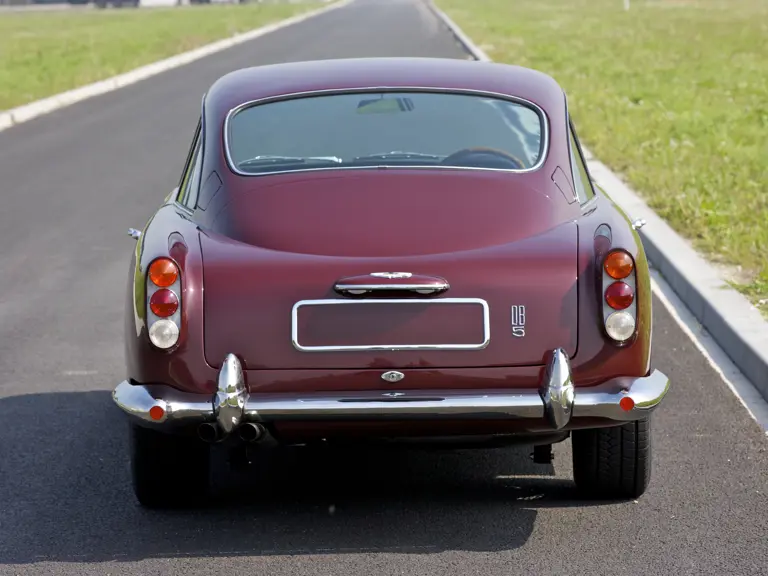
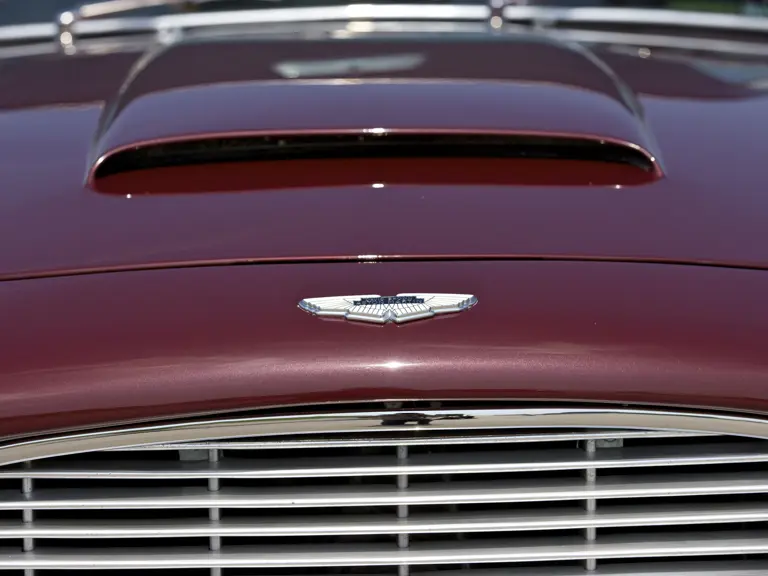

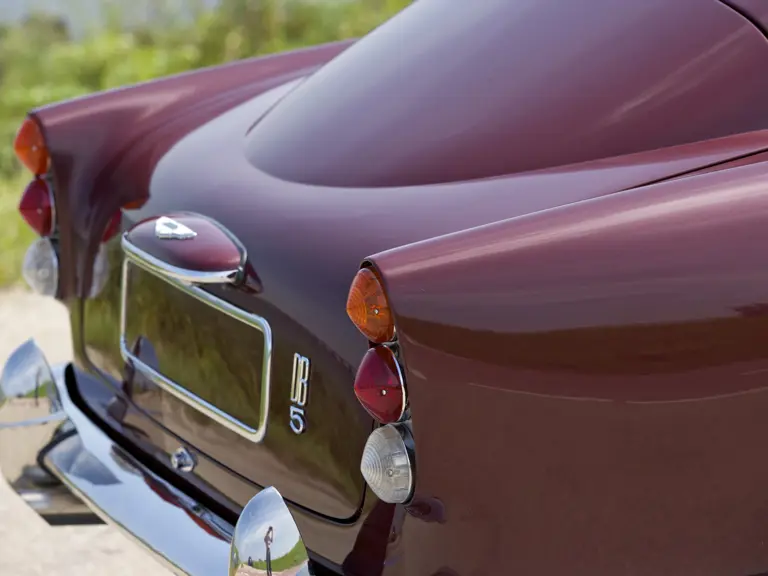
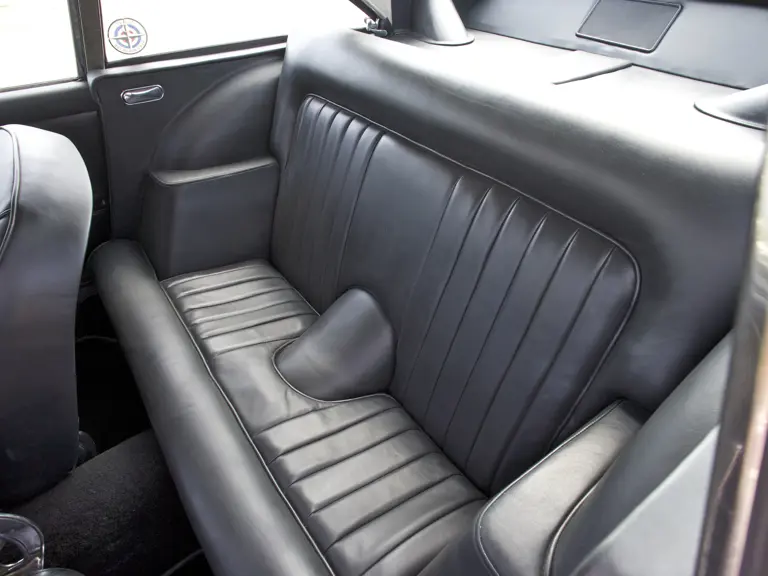

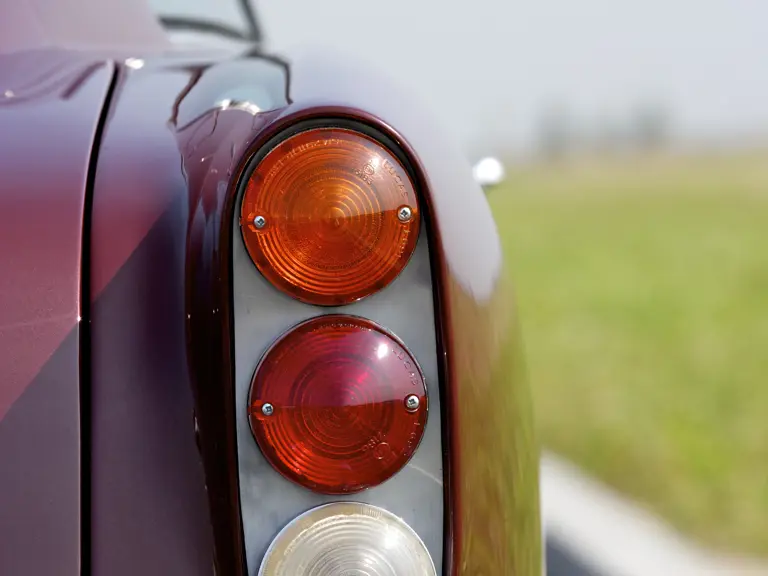
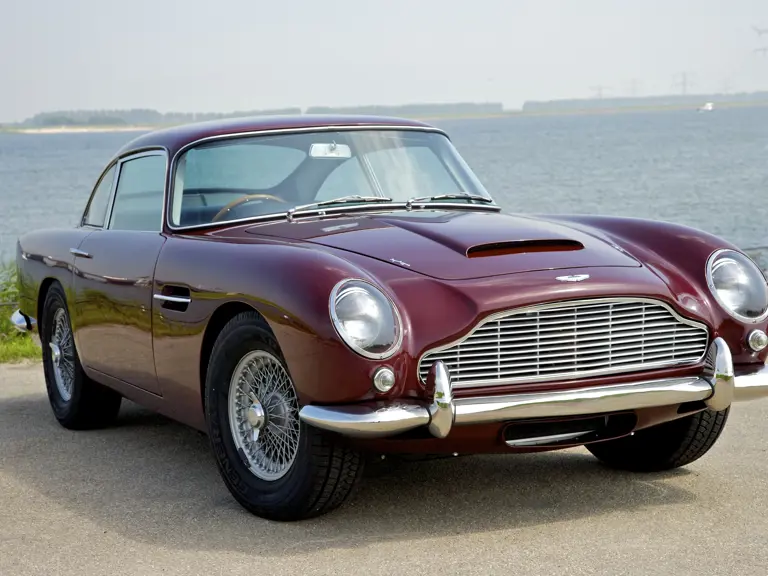
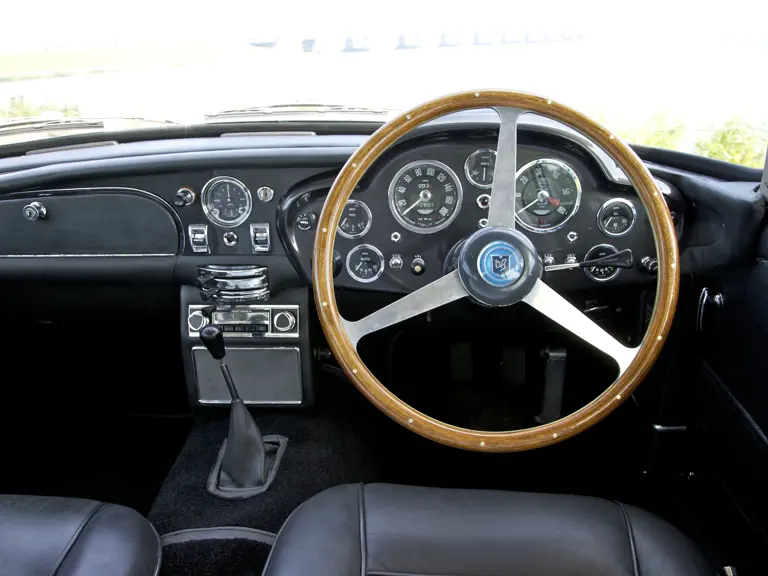
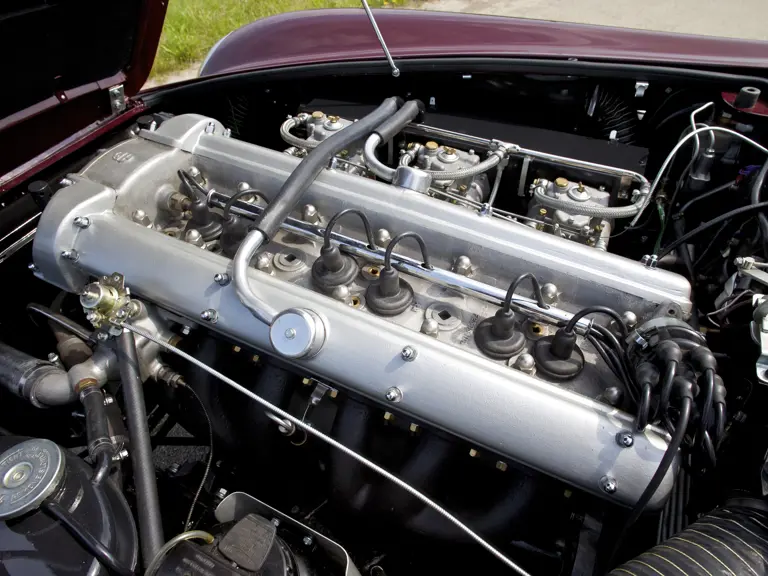
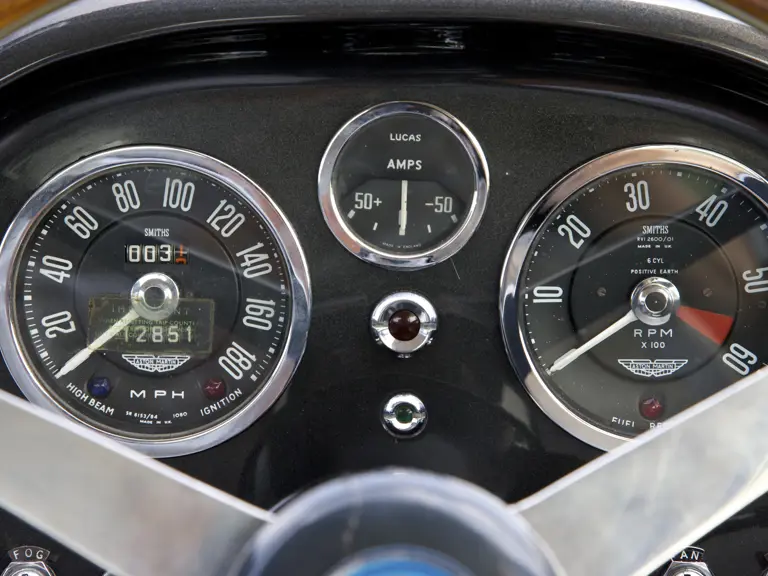
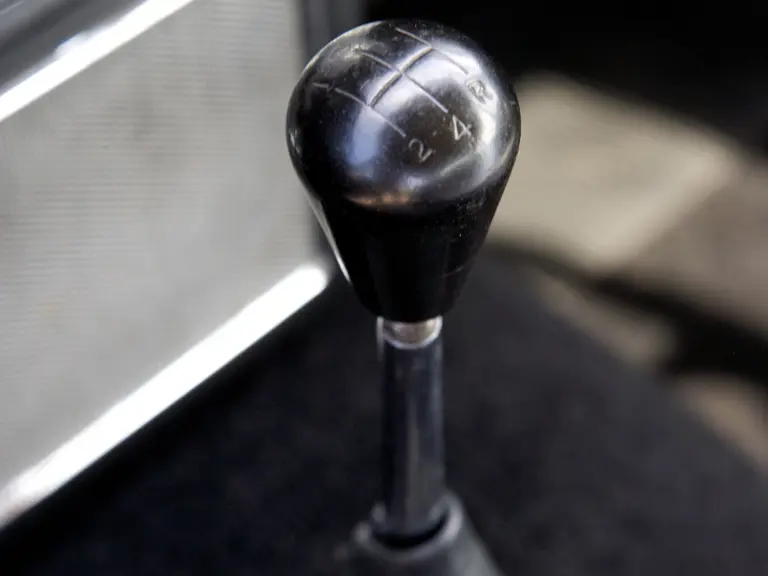
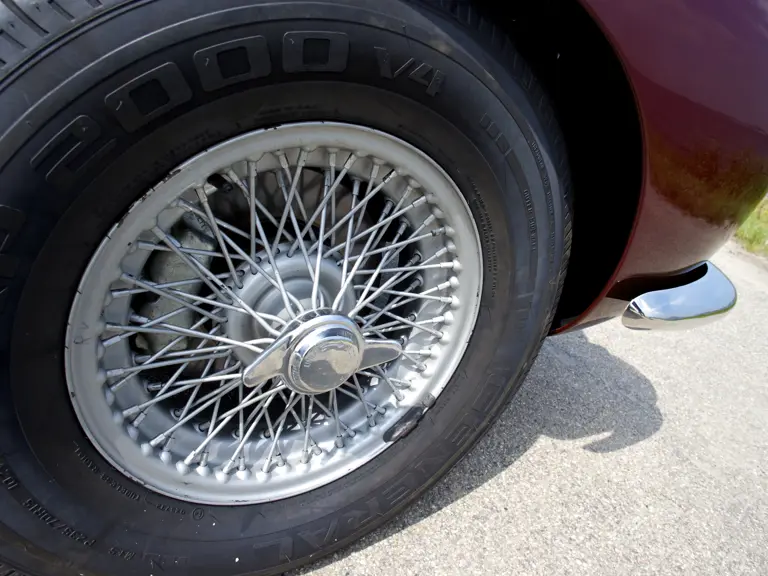
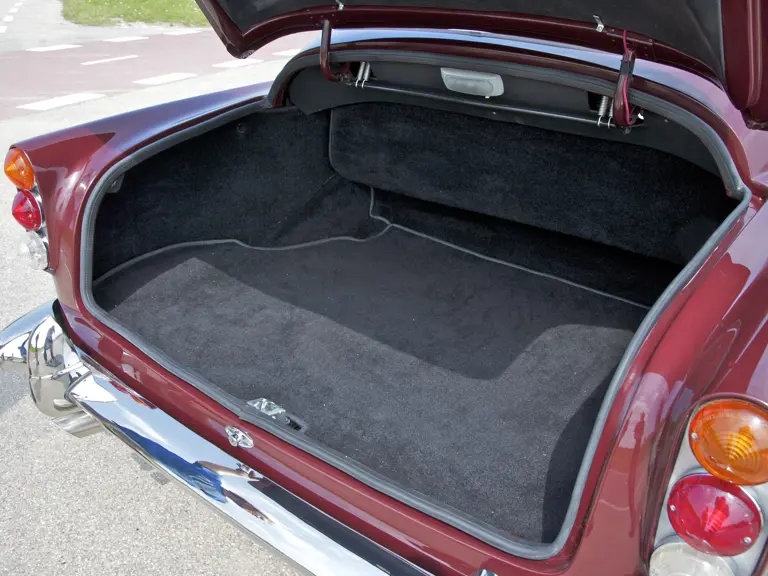
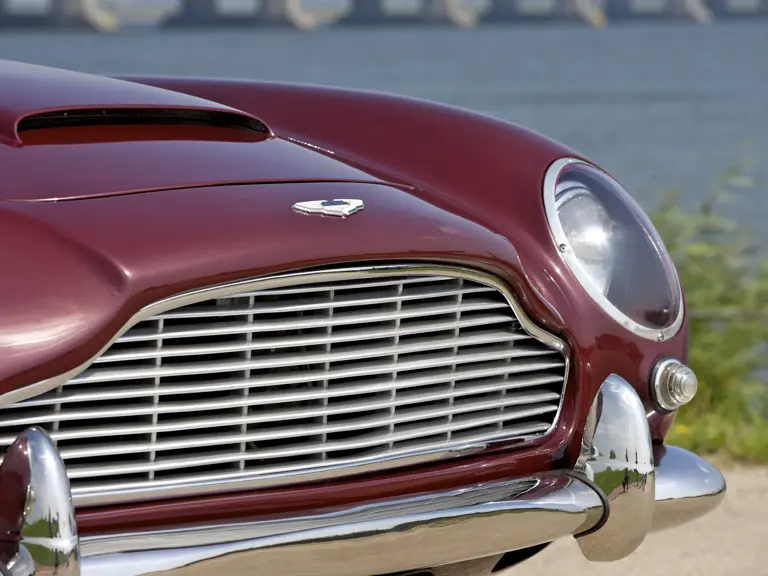
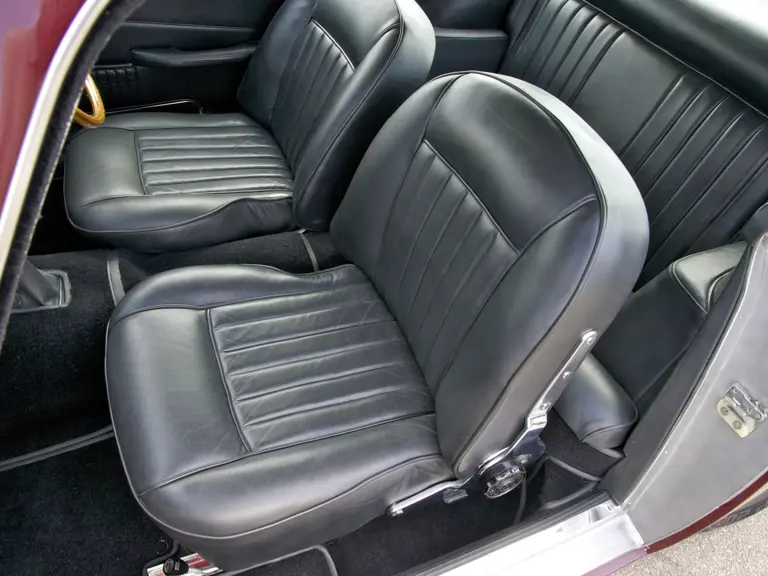

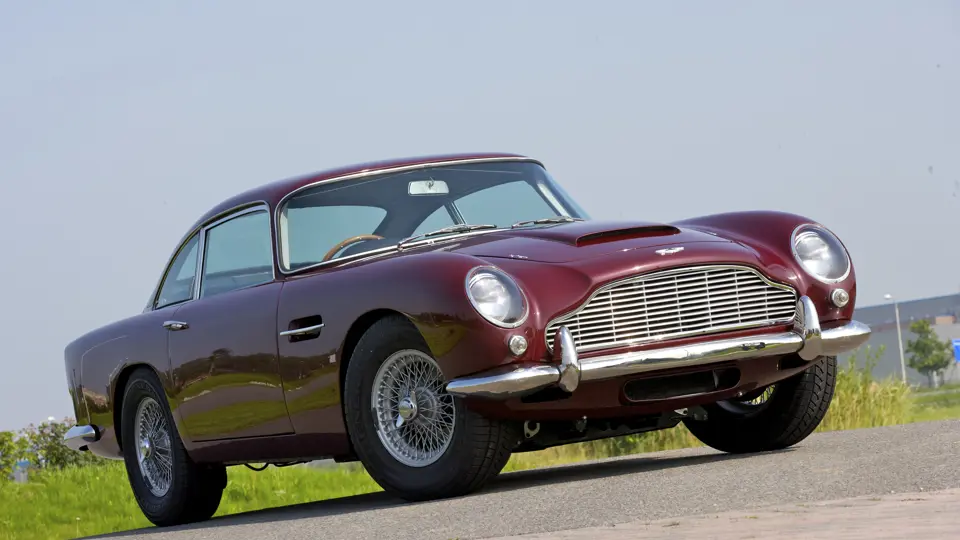
 | London, United Kingdom
| London, United Kingdom
